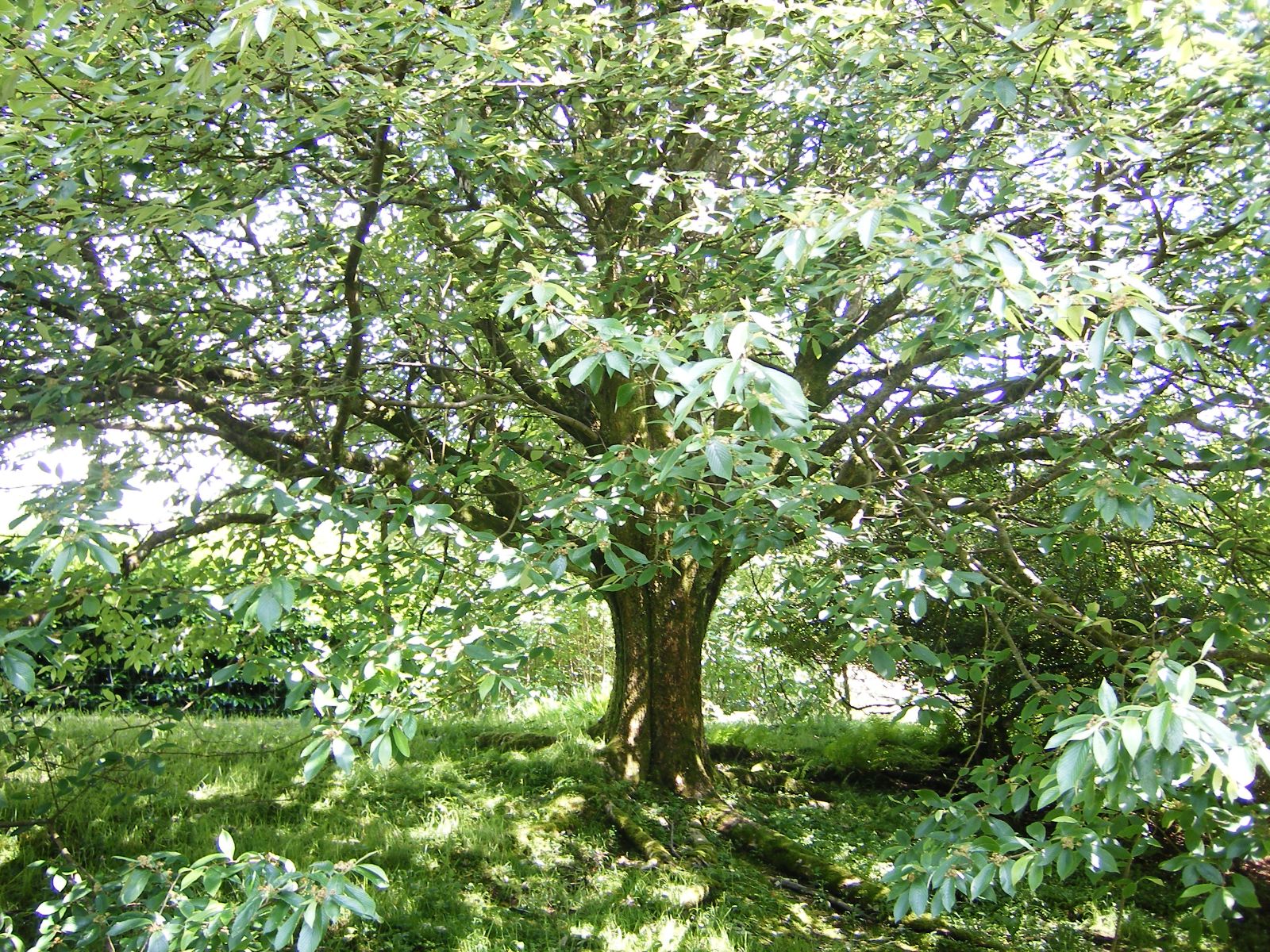Griffitharia pallescens
Credits
Article from Bean's Trees and Shrubs Hardy in the British Isles
Recommended citation
'Griffitharia pallescens' from the website Trees and Shrubs Online (treesandshrubsonline.
Genus
Synonyms
- Aria pallescens (Rehder) H.Ohashi & Iketani
- Micromeles pallescens (Rehder) Mezhenskyj
- Pyrus pallescens (Rehder) M.F.Fay & Christenh.
- Sorbus ochrocarpa Rehder
- Sorbus pallescens Rehder
Editorial Note
The text below is that of Bean (Bean 1981) who discussed this taxon under the name Sorbus pallescens. We have created this hybrid article – Bean’s text under the correct modern name, with appropriate synonymy – whilst we await sponsorship to enable a full revision of this genus to be written. We are re-organising the Sorbus sensu lato articles in this way to enable a new revision of Sorbus sensu stricto to commence in 2023, and to bring the nomenclature of this complex group of plants up to date in line with modern treatments.
TC, August 2023.
A tree to about 40 ft high in the wild or a large shrub; branchlets woolly at first, glabrous and brown by autumn, sparsely lenticellate; winter-buds ovoid, acute, about 1⁄4 in. long, glabrous except for white hairs at the tip, with a few, rather lax scales. Leaves simple, of moderately thin texture, elliptic or elliptic-obovate, acute or acuminate at the apex, 3 to 43⁄4 in. long, 11⁄4 to 13⁄4 in. wide, glabrous, dark green and slightly glossy above, undersides clad with a white felt which is at first fairly dense, becoming thinner, the leaves being silvery green beneath by autumn, lateral veins straight, in ten to thirteen pairs, margins serrate, the teeth ending the main veins slightly longer than the others; petiole 1⁄2 to 5⁄8 in. long. Flowers white, about 3⁄8 in. wide, opening in late April or early May, borne ten to twenty in clusters about 3 in. wide; inflorescence-branches slender, sparsely lenticellate, at first hairy, glabrous by autumn. Styles two to five. Fruits globular, about 3⁄8 in. wide, with scattered lenticels, ripening late in the autumn, turning yellow before they decay; calyx-lobes persistent, reflexed.
A native of China, where it is widespread; discovered by Wilson in 1908. It is said to be very variable in the wild. The above description is made from a tree at Borde Hill in Sussex, raised from Forrest’s seed-number 29044, collected in Yunnan shortly before his death. It measures 55 × 4 ft (1976) and there is an example at Westonbirt from the same batch of seed, which is 38 × 41⁄4 ft (1976)
S. pallescens makes a vigorous, leafy and freely branched tree, which is more than can be said of other East Asiatic members of the section Aria. The leaves are light bronze in spring and remain green and fresh until late autumn.

